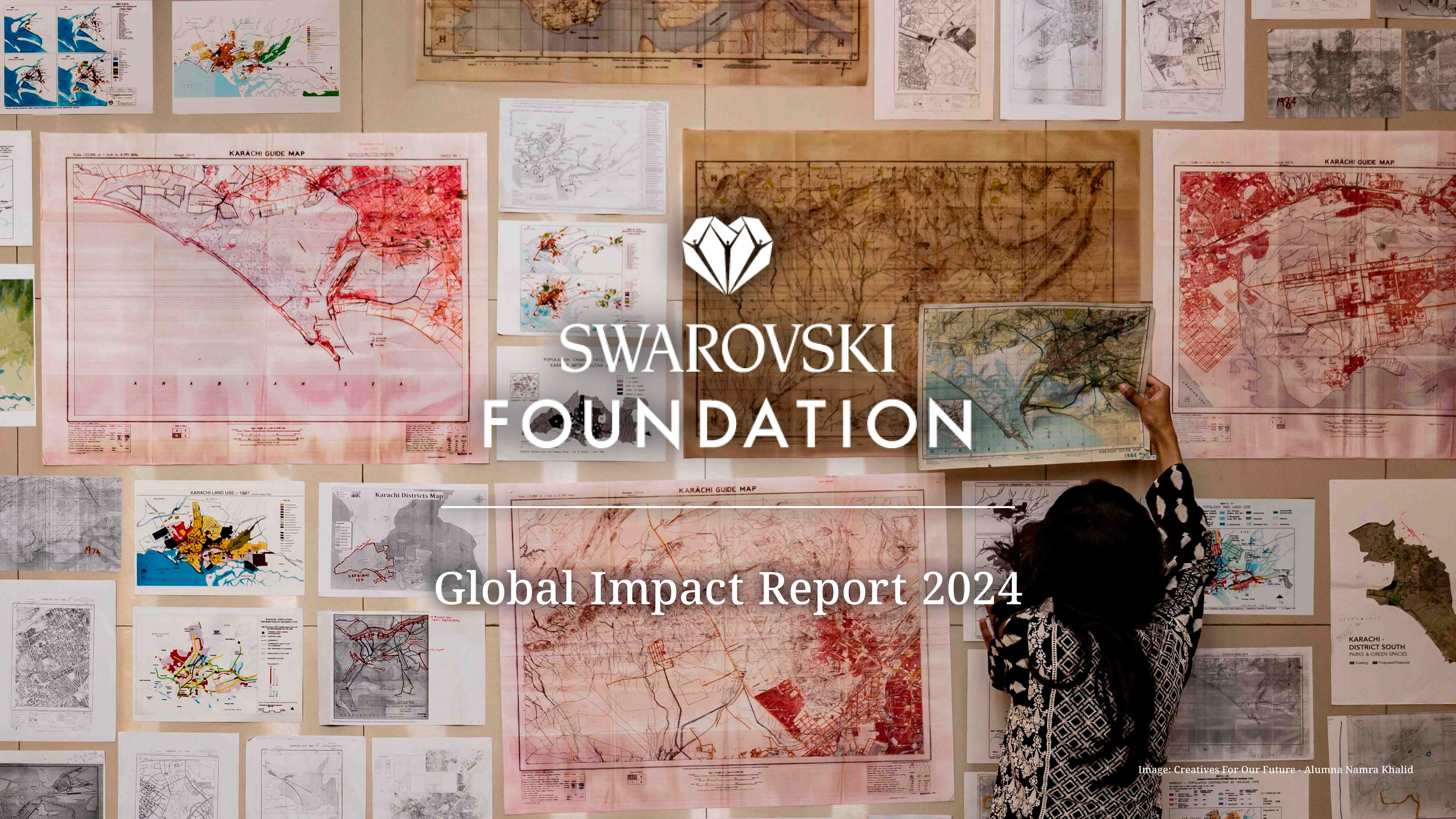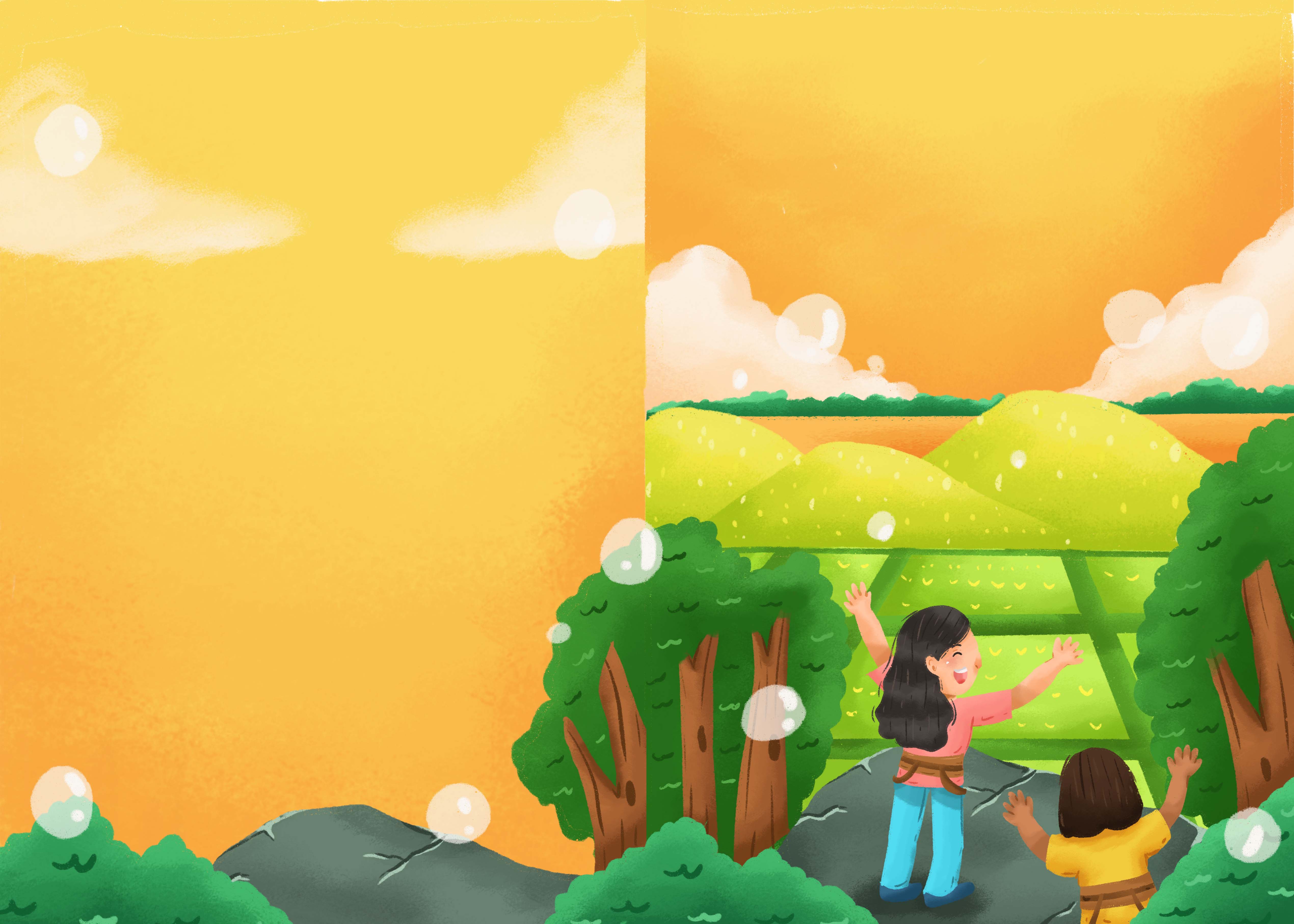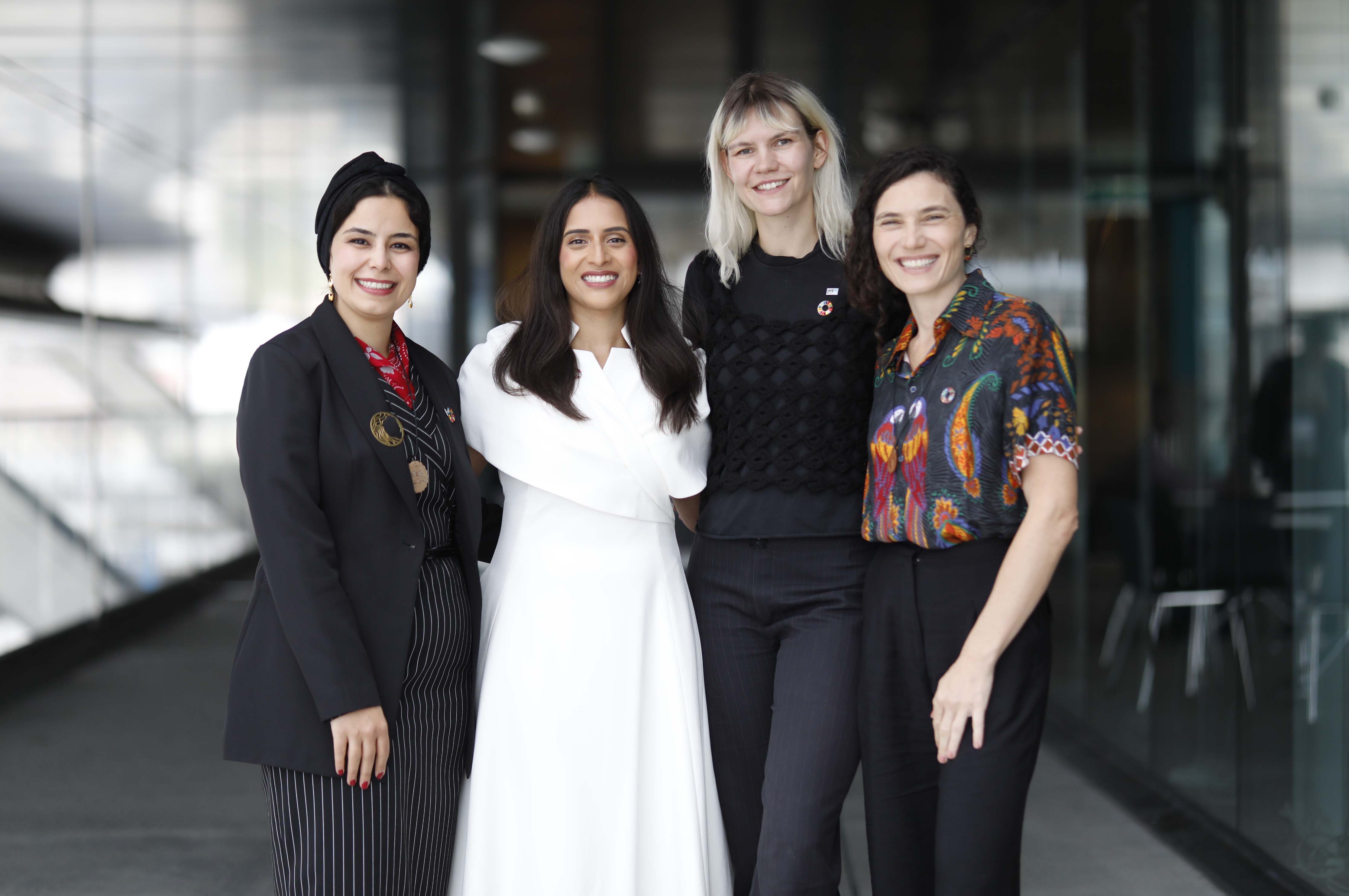To mark World Creativity and Innovation Day, we are delighted to share the latest graduates of the Creatives For Our Future programme in collaboration with the United Nations Office for Partnerships. The programme is dedicated to fostering sustainable innovation across various creative sectors and this year has nurtured six exceptional individuals whose projects have made a significant impact on addressing global challenges.
The Creative Industries contribute daily to these global challenges. Everything we do has a carbon footprint and up to 80% of the environmental impacts of a product are locked in at the design phase; that is why design matters so much (Culture Hive).
The Swarovski Foundation promotes sustainable livelihoods through education to reduce inequality and advances creative talent by supporting charities and investing in our signature programme Creatives For Our Future which accelerates the next generation of innovators in sustainable development.
From addressing energy poverty in Africa to revolutionising manufacturing practices with bacteria in North America, each Creatives For Our Future programme graduate has brought a unique perspective and a commitment to driving positive change in their respective fields. Learn about the innovative projects these remarkable individuals have worked on during the programme.
Stanley Anigbogu
Africa suffers from critical levels of energy poverty that 600 million African people, about 43% of the continent’s population, have no access to electricity according to the (International Energy Agency). Growing up in Nigeria, Stanley knows firsthand the challenges of inadequate lighting in marginalised communities but instead of accepting the status quo, he is taking action through his project: The Avatar Station.
The Avatar Station is a solar-powered hub made from recycled materials, providing a space where education meets action. Every workshop, seminar, and exhibition is a step towards empowering individuals with the knowledge and tools to make a difference.
Following the example set by Stanley, you can support or participate in local grassroots initiatives, advocate for renewable energy solutions, educate yourself and others, and reduce energy consumption to address energy challenges.
Julieta Gaitan
Textile dyeing is the world’s second largest polluter of water, since the waste leftover from the dyeing process is often dumped into streams or rivers (WEF). Addressing this significant challenge is Julieta, a forward-thinking fashion designer from Colombia leading the way in reducing pollution and environmental damage in the textile industry with her innovative approach.
Drawing inspiration from nature, Julieta has developed sustainable textiles and natural dyes using fungi. Through her innovative work, the pigment released by fungi results in unexpected and unique designs, defining her sustainable fashion brand with unparalleled beauty.
You can contribute to Julieta’s efforts too by consciously choosing clothing from eco-friendly brands and materials that help reduce the harmful impact of textile production on the environment.
Sebastian Garcia-Medina
According to the United Nations Environment Programme, less than 10% of all plastics ever made have been recycled. It is time for a change in how we manufacture our products and Sebastian, a dedicated scientist from the United States, aims to revolutionise manufacturing practices on an industrial scale by harnessing the power of bacteria.
Let’s move away from products designed to last for centuries but used for only a short time. Sebastian aims to replace single-use pollutants with biomaterials made by bacteria and looks to prove that bacteria manufacturing is not only sustainable but also financially feasible.
We can all support more sustainable practice by choosing products with minimal packaging, opting for reusable items, supporting eco-friendly companies, and encouraging others to make sustainable choices.
Namra Khalid
In 2022, devastating floods left one-third of Pakistan underwater. Over 33 million people were affected by the extreme weather with more than 1,000 lives lost (UNHCR). In a country at the forefront of climate challenges, we can't ignore the urgency of proactive solutions. That is why Namra, a cartographer from Pakistan, is on a mission to tackle Karachi’s water crisis and promote socio-climatic justice.
Just as doctors use X-rays to diagnose, maps reveal the infrastructure issues and urban dynamics of our cities. That's why Namra is building an open-access web-based library, gathering crucial data from every avenue, to pinpoint vulnerable areas and empower informed decision-making.
You too can take action to address global environmental challenges by supporting disaster relief organisations, raising awareness, reducing your carbon footprint, and supporting community-based initiatives.
Eleonora Ortolani
Today, we produce about 400 million tonnes of plastic waste every year. Global production of plastic is forecasted to reach 1,100 million tonnes by 2050 (UNDP). Reshaping our relationship with plastic waste is Eleonora, an innovator based in the United Kingdom using her expertise in material experimentation and collaborating with scientists and food experts to shift public perceptions of future food possibilities.
By exploring the intersection of plastic waste and global food security, Eleonora is asking the question: Can we turn a problem into a solution? Her vision is a world where human-made materials seamlessly integrate back into our ecosystem, where plastic waste becomes a resource for the future.
You can support initiatives like Eleonora’s by spreading awareness about the issue of plastic waste and advocating for sustainable solutions in your community.
Gunraagh Singh-Talwar
Delhi has three legacy dumpsites: Ghazipur, Okhlaand Bhalswa. The three dumpsites cumulatively cover an area of 200 acres, carrying almost 28 million metric tons of legacy waste (WMW). Having seen the adverse impact of dumpsites on ecosystems and communities, Gunraagh an architect from India, is committed to enhancing the equity and reliance of urban environments.
To address the issue of legacy waste management, Gunraagh developed an upcycled construction block crafted from legacy waste called Dumpcrete which serves as a circular construction alternative. This sustainable construction solution aims to generate green skill jobs for marginalised communities.
You can support Gunraagh’s ambition by practicing waste separation, composting organic waste, taking part in clean-up initiatives, and advocating for better waste management infrastructure.
The Power of Creativity
On this World Creativity and Innovation Day, we mark the achievements of these inspiring individuals and reaffirm our commitment to advancing creative talent for a sustainable future. As we reflect on their journey through the programme and their successful efforts, let us draw inspiration from their passion, ingenuity, and determination to create a better world for generations to come.
Find out more about the Creatives For Our Future programme at www.sfcreatives.org.





.jpg)
.jpg)





























